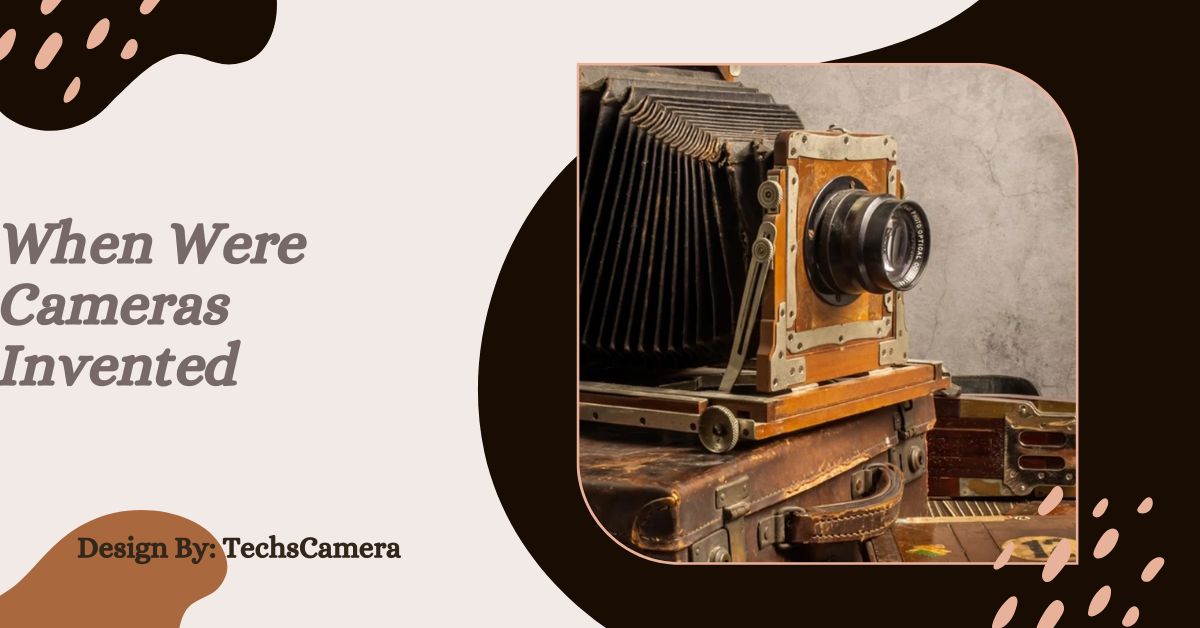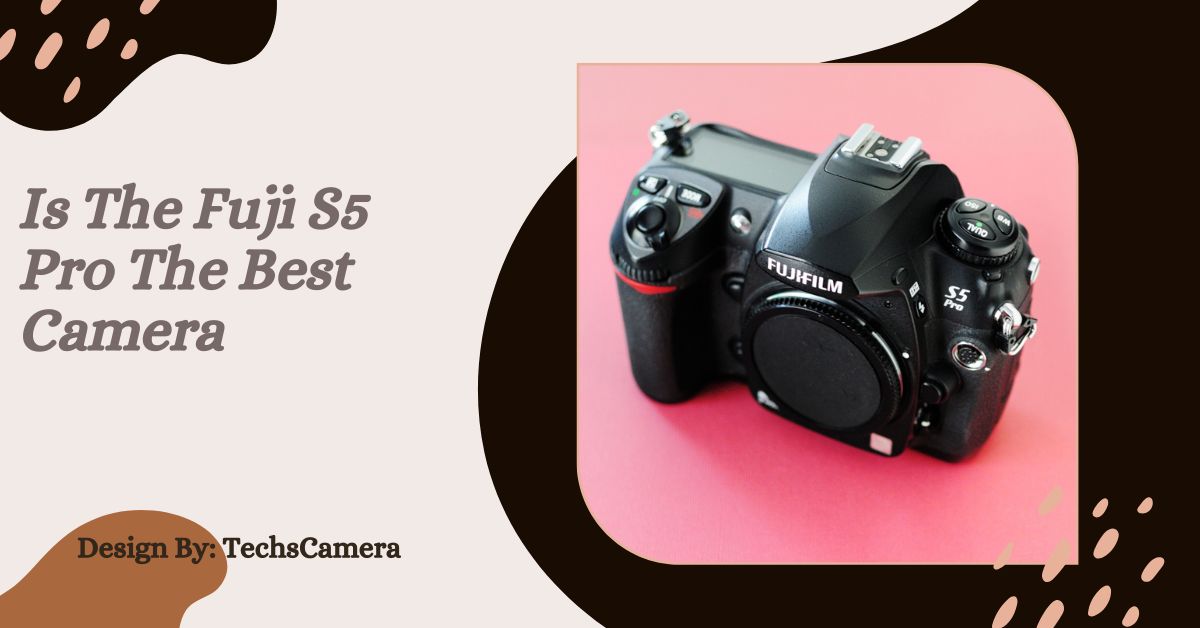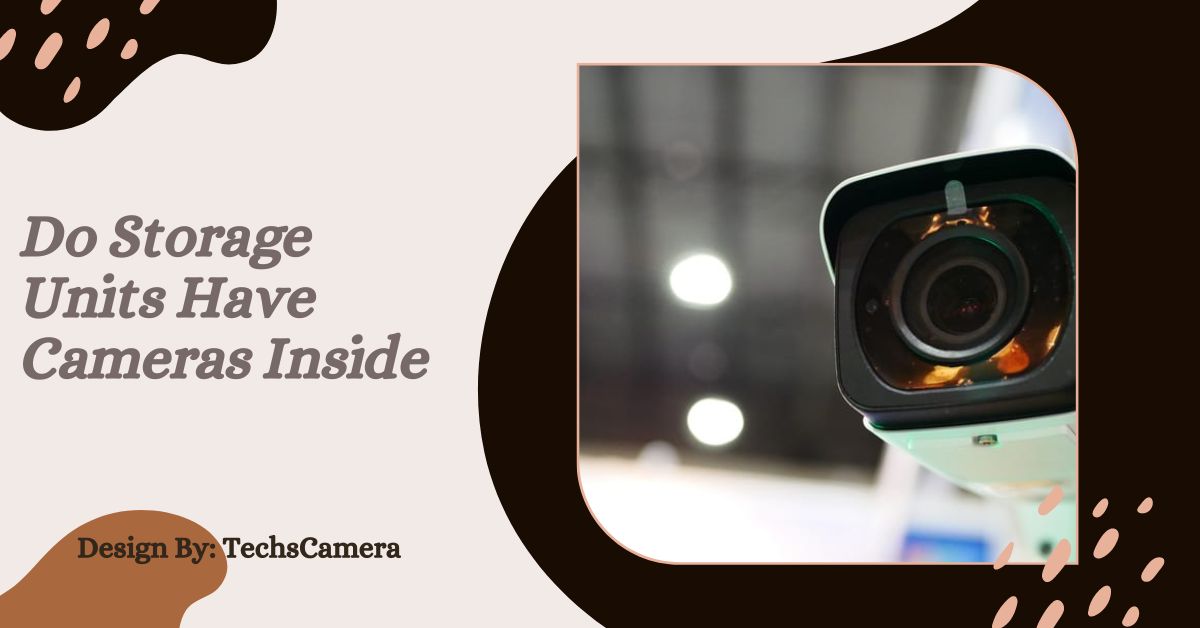Cameras were first created in the 19th century in 1816 by French inventor Joseph Nicéphore Niépce. From the camera obscura to contemporary gadgets like smartphones, cameras have completely changed the way we record, save, and distribute memories and historical events.
Introduction:
Cameras have revolutionized the way we capture and preserve moments, enabling us to treasure memories, document history, and share stories. From the casual Instagram selfie to iconic photographs that shape public consciousness, cameras are an integral part of modern life.
But have you ever wondered about the origins of this incredible invention? Join us as we explore the fascinating history of cameras and how they transformed over time.
A Brief History of the Invention of Cameras:
The story of cameras starts far earlier than most imagine. Here’s a quick look at its origins:
The Camera Obscura (400 BCE – 16th Century):
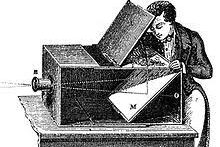
The concept of cameras began with the camera obscura, a device used by ancient scholars and artists. Translating to “dark chamber,” the camera obscura was a box or room with a small hole that allows light to project an inverted image of the outside onto a flat surface inside. While it paved the way for modern cameras, it lacked the ability to capture and preserve images.
The First Photograph (1826):
The invention of cameras took a tremendous leap when Joseph Nicéphore Niépce created the first permanent photograph in 1826 using a process called heliography. Niépce used a camera obscura to expose a pewter plate coated with bitumen to light, which produced an image of a view outside his window.
These milestones laid the foundation for the invention of the first cameras as we know them today.
Also read: Can Taking a Picture of the Eclipse Damage the Camera
The Evolution of Cameras:
For centuries, inventors continued to push the boundaries of what cameras could do. Here’s how cameras evolved:
Portable Film Cameras (1888-1920s):
- Kodak unveiled the first portable film camera in 1888, making photography accessible to the average person. The slogan “You press the button, we do the rest” promised convenience and simplicity, fueling the mass adoption of photography.
- By the 1920s, 35mm film cameras became the standard for enthusiasts and professionals.
Instant Cameras (1948):
- The Polaroid Land Camera, released in 1948, brought immediate gratification to photography. For the first time, you could snap a picture and hold it in your hands moments later.
Digital Revolution (1980s-1990s):
- The 1980s and 1990s saw the rise of digital cameras, which replaced film with sensors. Kodak introduced the first digital camera prototype in 1975, while Sony launched its groundbreaking Mavica in 1981.
- By the late 1990s, digital cameras became mainstream, offering high-quality images and the ability to store hundreds—or even thousands—of photos on memory cards.
The Smartphone Era (2000s):
- The convergence of mobile phones and cameras began in the early 2000s. Today, smartphone cameras rival professional-grade gear, with features like multiple lenses, AI enhancement, and 4K video capabilities.
Major Milestones in Camera Technology:
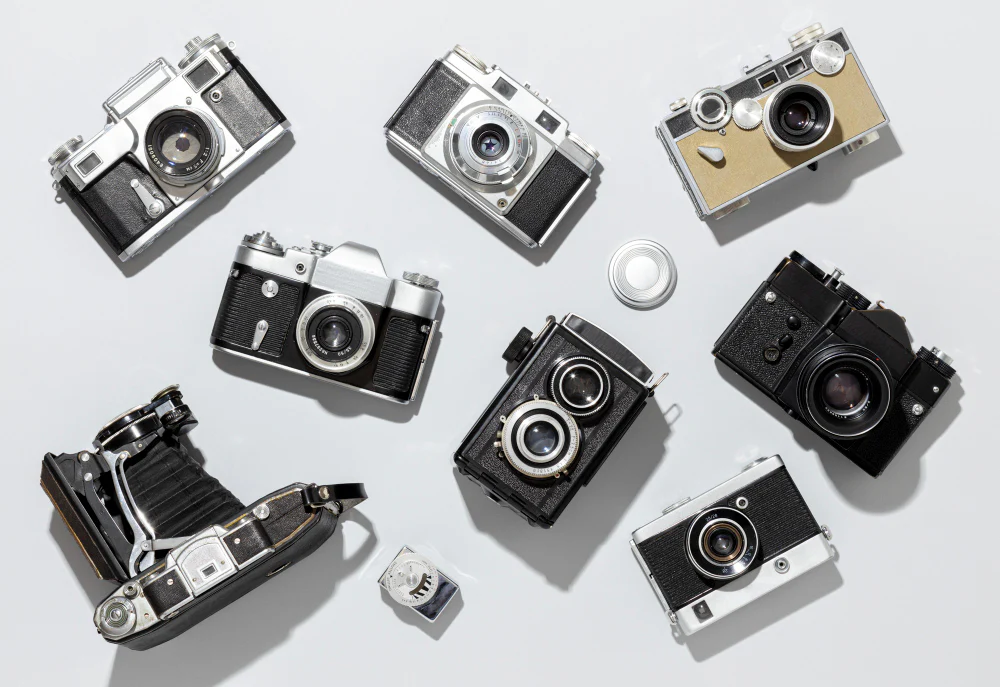
Several major technological advancements have shaped the development of cameras:
- Introduction of Color Photography (1907): The Autochrome Lumière, developed by the Lumière brothers, allowed color photos to emerge, forever changing how we document the world.
- SLRs and DSLRs (1959-2000s): Single-lens reflex (SLR) cameras and their digital successors, DSLRs, enabled photographers to view their shot directly through the lens, offering unmatched precision and versatility.
- Mirrorless Cameras (2010s): Providing sleek, lightweight alternatives to DSLRs, mirrorless cameras have become the go-to choice for modern photographers.
These advancements reflect humanity’s ongoing quest for innovation and creativity in photography.
Impact of Cameras on Society:
Cameras have not only documented history but also changed the way we see the world. Consider these profound impacts:
- Preserving Personal Memories: Whether it’s a child’s first steps or a family vacation, cameras allow us to freeze fleeting moments in time and revisit them for years to come.
- Professional and Artistic Expression: Cameras empower photographers to tell compelling stories through photojournalism, visual art, and editorial photography.
- Surveillance and Security: Cameras play a critical role in ensuring safety, from traffic monitoring to providing evidence in criminal investigations.
- Cultural Connection: Platforms like Instagram and Pinterest have made photography a pivotal part of global social media culture, connecting people through visual content.
Also read: Camera Blacked out when Vnc – Troubleshooting and Solutions!
When Was The Camera Invented? – Explained Guide!
The camera was invented in the early 19th century. The first practical photographic process, the daguerreotype, was developed by Louis Daguerre in 1839. However, the foundation was laid earlier by Joseph Nicéphore Niépce, who captured the first permanent photograph in 1826 using a camera obscura and a bitumen-coated plate.
The Evolution of Cameras – Advancements and Innovations!
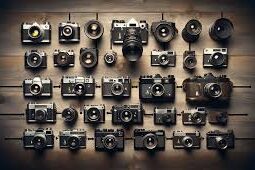
From the early days of the Daguerreotype to the high-tech cameras of today, cameras have undergone remarkable advancements over time. Let’s explore the key milestones that have shaped the evolution of cameras.
The Future of Cameras – Emerging Technologies and Trends!
- Technological Advancements in Cameras: Cameras are evolving rapidly, with exciting new developments and trends shaping the future of photography.
- From Obscura to Smartphones: The journey of cameras spans from the simple camera obscura to today’s sophisticated digital and smartphone cameras.
- Changing Perspectives: Cameras continuously revolutionize how we see and document the world, influencing personal memories and cultural connections.
- Integral to Society: Cameras play a vital role in storytelling, preserving history, and fostering creativity in modern society.
- Endless Possibilities: As technology evolves, the future of photography holds boundless opportunities for innovation and exploration.
- Encouragement to Create: Keep exploring, creating, and capturing special moments, as photography remains a vibrant and integral part of our lives.
- Happy Shooting: Embrace the possibilities of photography with enthusiasm and curiosity.
FAQs:
1. When were cameras first invented?
Cameras, in their modern form, emerged in 1839 with the Daguerreotype, following earlier developments like the camera obscura.
2. What kind of camera was the first?
The first “camera” was the camera obscura, an ancient optical device that projected images but couldn’t capture them permanently.
3. How did digital cameras change photography?
Digital cameras replaced film with sensors, offering instant image access, higher capacity for photos, and greater convenience compared to traditional film cameras.
4. What role do cameras play in society today?
Cameras preserve personal memories, aid in security, and connect people culturally through visual platforms like Instagram, shaping modern storytelling and communication.
5. What is the future of camera technology?
Emerging technologies like AI and advanced sensors promise smarter cameras with features like automatic adjustments, personalized experiences, and deeper integration into daily life.
Conclusion:
The invention of cameras transformed how we capture and remember moments. From the ancient camera obscura to modern smartphones, each innovation has enriched photography and its societal impact. Cameras preserve history, enhance creativity, and connect cultures through visual storytelling. As technology evolves, cameras will continue shaping how we see the world. Embrace the journey, keep capturing memories, and explore the endless possibilities photography offers. Happy shooting!
